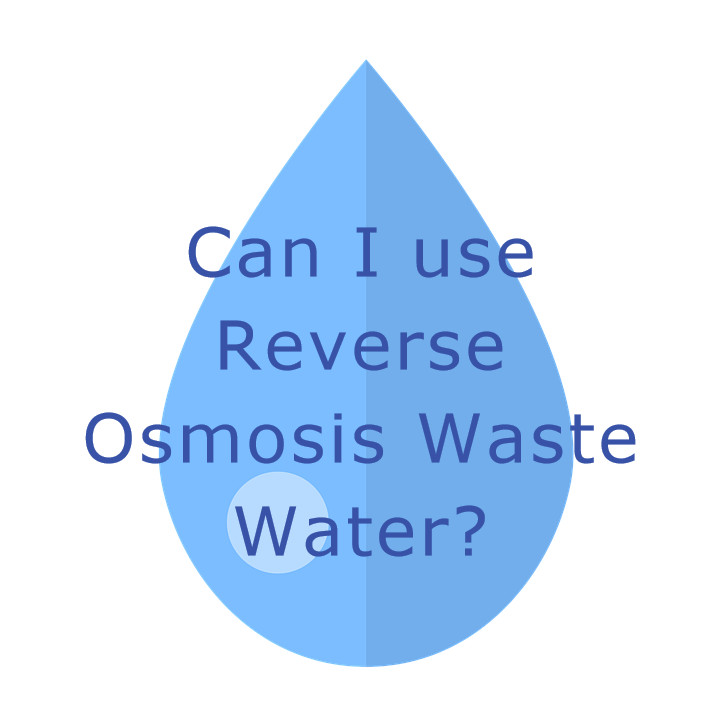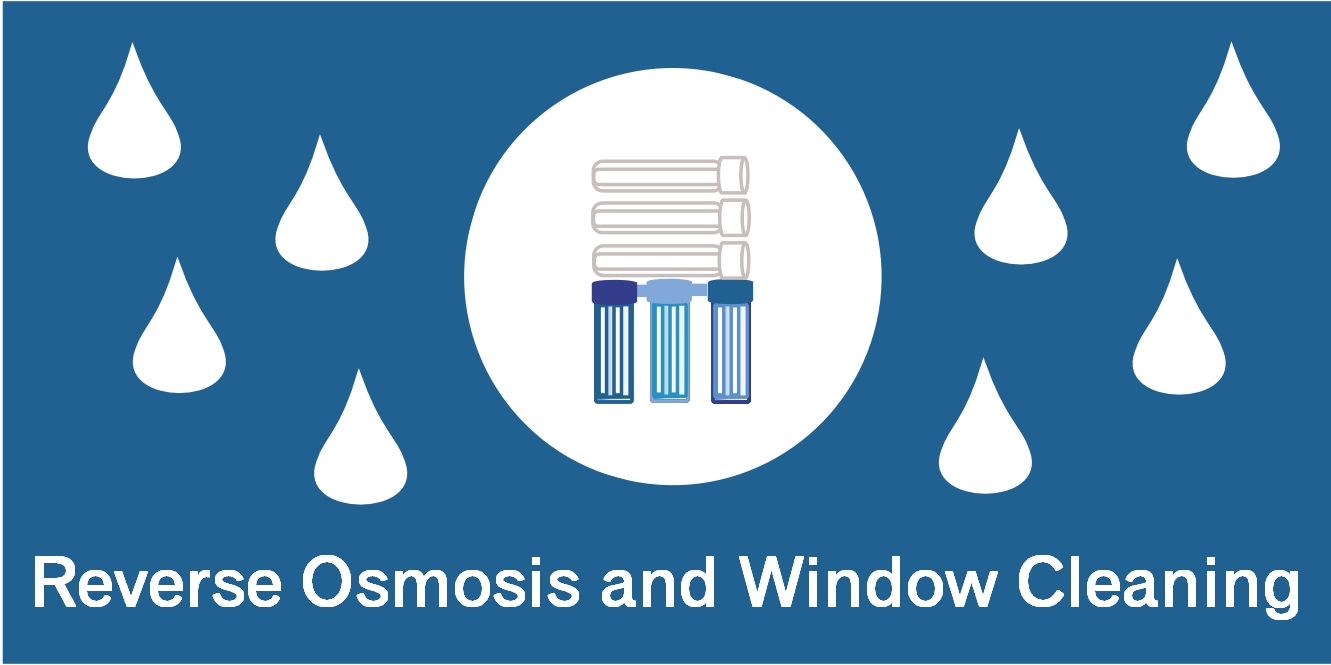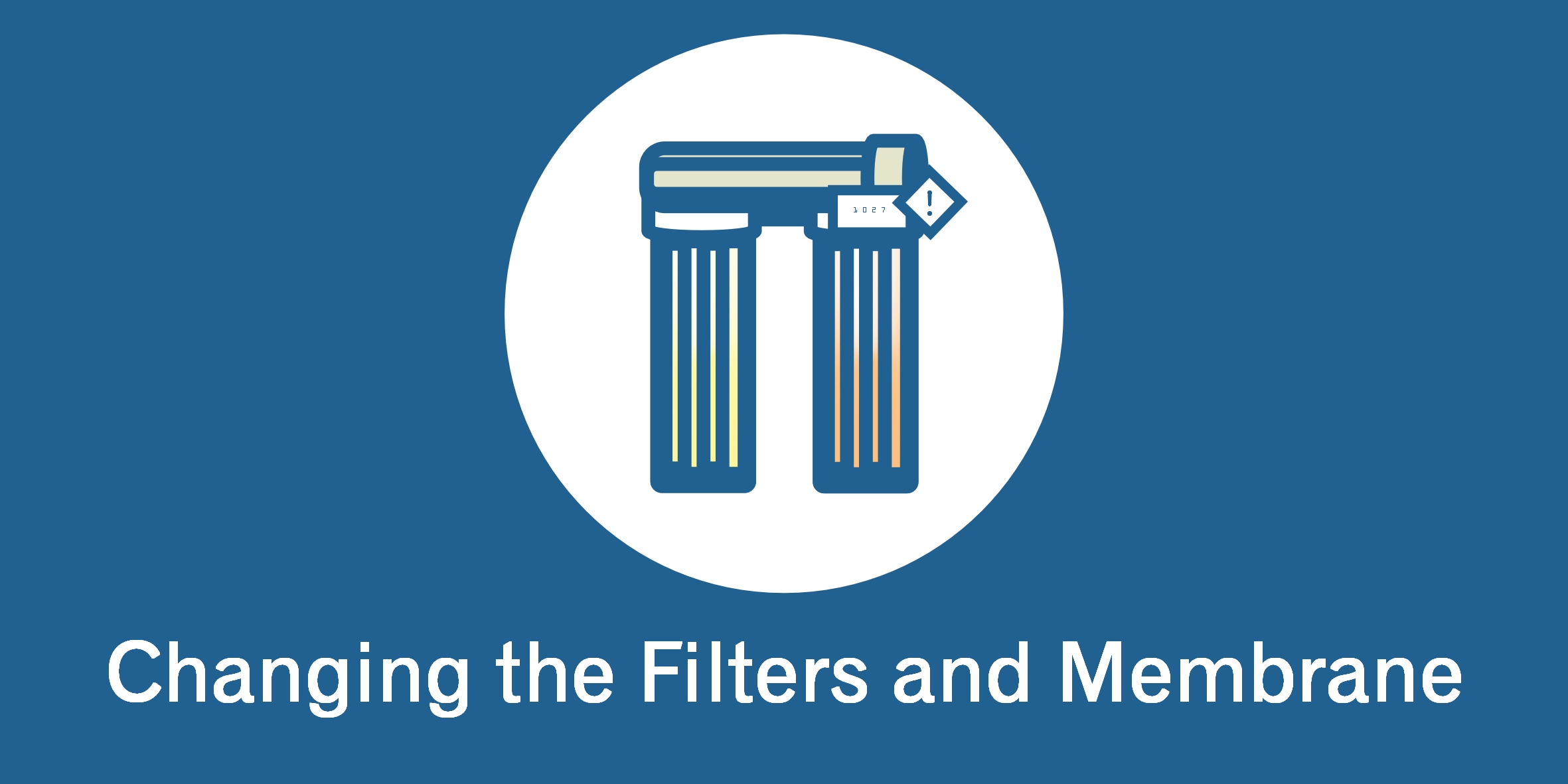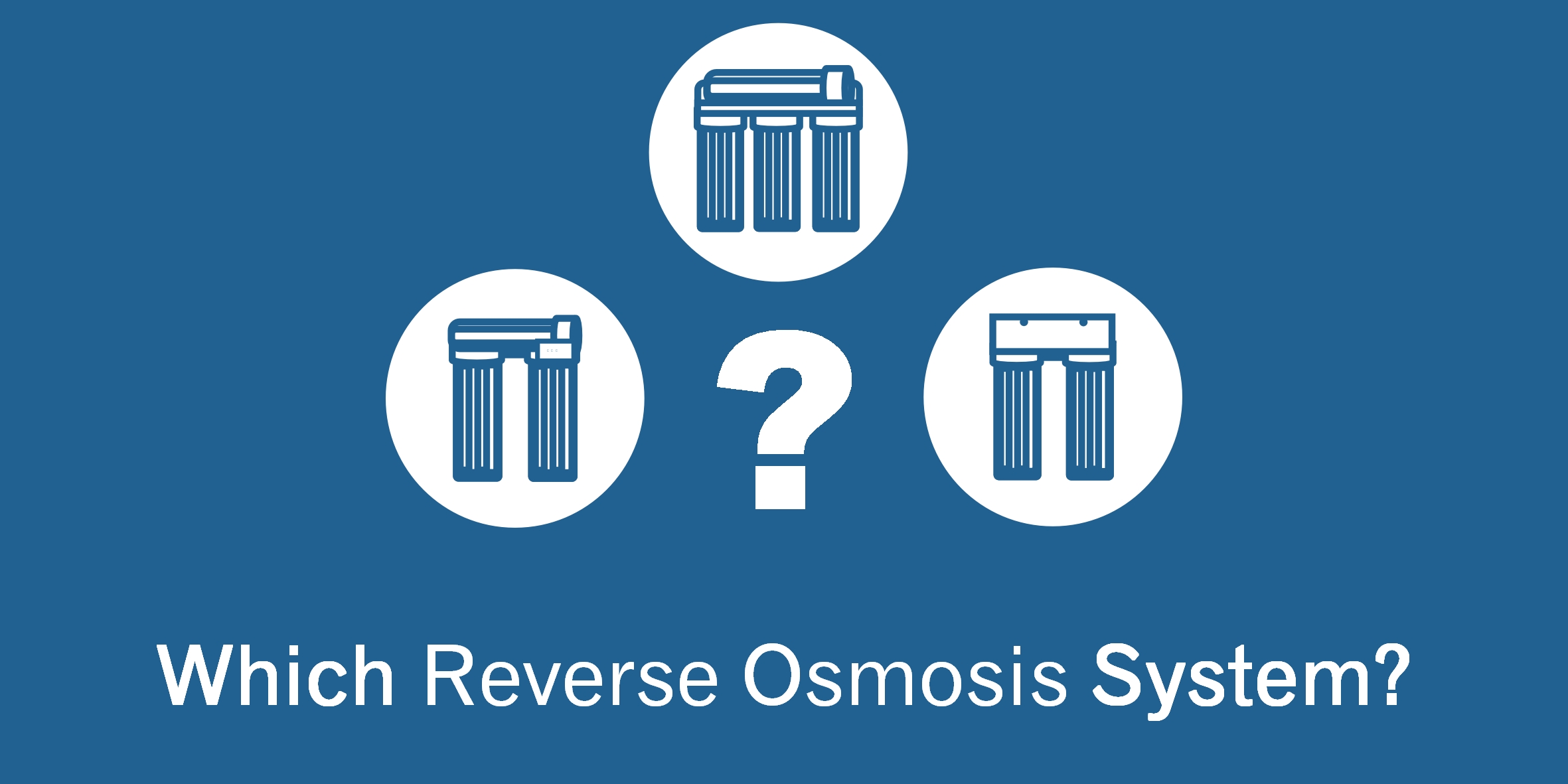
Reverse Osmosis is one of the most convenient and effective filtration methods available, removing between 96% – 99% of contaminants found in water. This water is fresher and healthier than tap or bottled water with any potentially harmful salts, minerals, heavy metals and bacteria removed.
However, there is one downside of Reverse Osmosis technology: waste water. Most Reverse Osmosis Systems with a single membrane work with a product to waste water ration of 4:1. While there are ways in which Reverse Osmosis waste water can be reduced, waste water is inevitable.
In this blog post, we explain how Reverse Osmosis water can be stored, highlight a number of creative ways in which this waste water can be used and give you some ideas of RO-Man products that can aid with Reverse Osmosis waste water.
How to store Reverse Osmosis water?
The most simplest and straightforward way of collecting and storing waste water would be to drop a pipe into a bucket. However, this method of storing the water would required monitoring. For example, if your daily water usage is 20 litres and the ratio of 4:1 waste to product water, 80 litres of waste water would be produced. This method of storing the water would require checking the bucket often enough to stop it over flowing. This might not be practical for a lot of people.
The second method to collect and store waste water is by extending the waste water outlet pipe and drop this into a large tank placed near the location of your Reverse Osmosis system. The water that gets collected in this tank can be stored and reused later. You could also place a submersible pump into the tank and connect a water pipe to the pump’s outlet to siphon the water out of tank.
RO-Man have a large range of storage tanks and containers that can be used to collect both Reverse Osmosis water and Reverse Osmosis waste water. Our extensive product range can be found by clicking here.
Creative ways to use Reverse Osmosis waste water
Household Chores
Most home owners will appreciate the amount of tasks to be carried out around the home. Floors need mopped, dishes need washed and bathrooms need cleaned. The list is endless. Reverse Osmosis waste water can be used in all these tasks.
Reverse Osmosis waste water can be used to mop and scrub floors. It is recommended to dilute the waste waste with equal parts tap water. This will eliminate any residue and prevent stains in case of high TDS and salt content. Reverse Osmosis waste water can also be used for cleaning dishes and utensils as well as bathroom fixtures and faucets.
Washing Cars
A single car wash could use anywhere between 14 litres to 75 litres of water, depending on whether a bucket of water or hose pipe is being used. This could be reduced greatly by using Reverse Osmosis waste water to wash your car, making good use of your waste water as well as helping the environment by reducing your water consumption. Water with a TDS level between 1200 – 1500 PPM can be safely used for car washing. If the TDS level of waste water is high, this can be mixed with tap water to reduce the TDS level. Using this Reverse Osmosis waste water won’t harm your car and is just as effective as regular water is when washing your car.
Gardening
The most effective and convenient use of Reverse Osmosis waste water is for gardening. The high nutrient and mineral content in the water can help your plants bloom and grow. A watering can or bucket can be used to store the waste water and used for both indoor and outdoor plants. It is recommended to start with a few plants, use the waste water for 15 – 20 days and monitor the effective this has on the plant growth. Each plant will respond differently and this will give you a clearer understanding of which plat reacts best. Water with a TDS level up to 2100 PPM is suitable for use in gardening and irrigation.
Can Reverse Osmosis waste water be reduced?
Reverse Osmosis technology is one of the finest filtration methods available and when the waste water is stored and put to good use around the home, these high quality Reverse Osmosis systems are of even more benefit. Reverse Osmosis waste water can be reduced further by using a second membrane in which waste water is fed through, this will also enable your system to produce water at a faster rate. By conserving this water, waste is reduced by 40% – 50% and production is increasing by 80% — 95%. RO-Man have an high quality Membrane Upgrade Kit which includes all the essential components to reduce your Reverse Osmosis waste water and speed up your water production. You can view this product and all the essential information by clicking here.
We hope that you have found this article useful and it has given you some ideas on how to use your Reverse Osmosis waste water. It is important to note that before waste water is used, the TDS of this should be monitored as well as carrying out a test patch on any surfaces you are applying waste water to. As always, should you have any queries or questions please get in contact with us on helpdesk@ro-man.com or on 01823 698813 where a member of our expert team will be happy to assist you with any query you may have.




